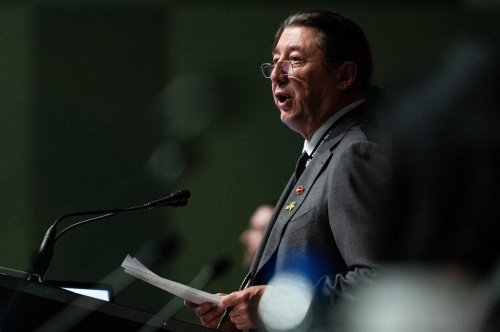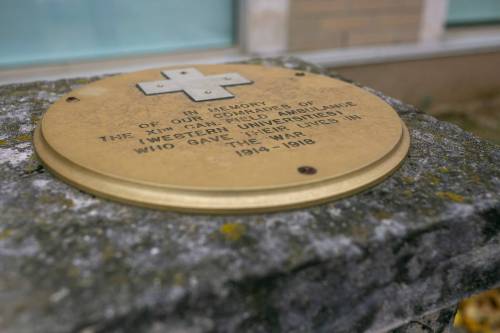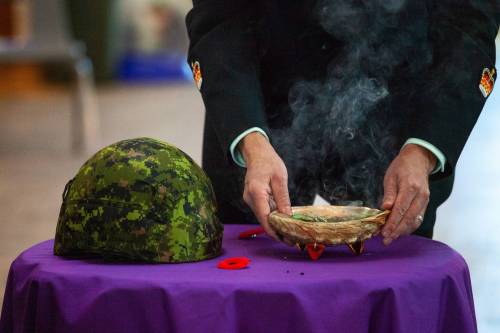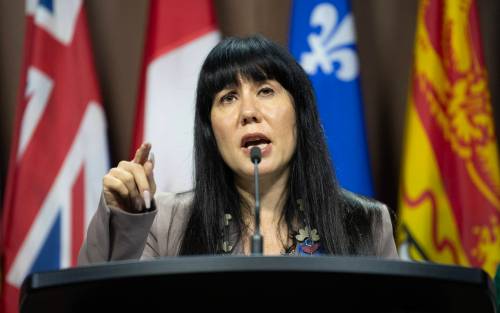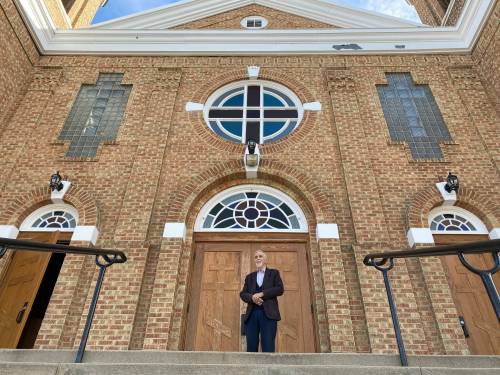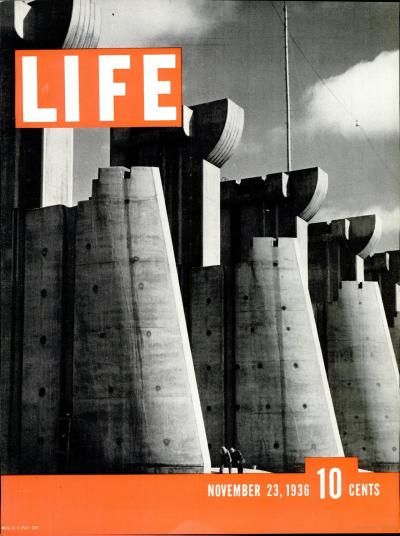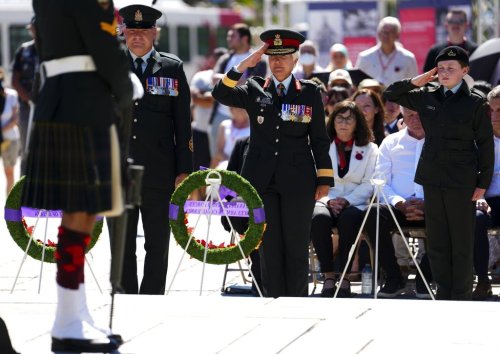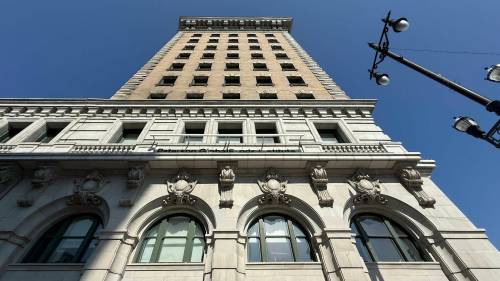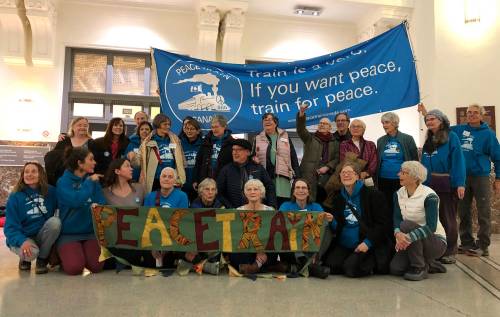Social Studies Grade 11: History of Canada
Please review each article prior to use: grade-level applicability and curricular alignment might not be obvious from the headline alone.
Churchill’s future has looked bright in the past, then politics dimmed the lights
5 minute read Preview Monday, Nov. 24, 2025First Nations sue over oil-rich land
4 minute read Preview Saturday, Nov. 22, 2025Un programme qui ouvre la voie
5 minute read Preview Saturday, Nov. 22, 2025Senators amend legislation to make it easier to pass on First Nations status
5 minute read Preview Thursday, Nov. 20, 2025Carré civique, le soutien générationnel
6 minute read Preview Saturday, Nov. 15, 2025How Canada can regain its measles elimination status
6 minute read Preview Wednesday, Nov. 12, 2025Our monuments, statues and memorials give form to honouring, grieving lives lost in war
14 minute read Preview Saturday, Nov. 8, 2025Indigenous veterans prepare to ‘recognize our own’ on official day
4 minute read Preview Friday, Nov. 7, 2025Decades-long fight to repeal discriminatory second-generation cut-off rekindled on Parliament Hill
9 minute read Preview Friday, Oct. 31, 2025Winnipeg MP’s private member’s bill would make residential school denialism a crime
3 minute read Preview Friday, Oct. 31, 2025A century later, Ukrainian church still helping new Ukrainians
4 minute read Preview Thursday, Oct. 30, 2025The road not taken: lowest number of Manitobans in three decades cross border at Pembina in July, August
5 minute read Preview Wednesday, Oct. 29, 2025On second anniversary of Oct. 7 attacks and start of Gaza war, officers say rushing to cover painful vandalism reduces odds of arrests
8 minute read Preview Tuesday, Oct. 7, 2025Enjoying a slice of Life from 1936
5 minute read Preview Wednesday, Aug. 20, 2025As memories fade, Canadians mark 80 years since the end of the Second World War
3 minute read Preview Wednesday, Oct. 15, 2025Try out being a tourist at home — in Winnipeg
6 minute read Preview Monday, Jul. 28, 2025‘We cannot waste any time’: Anand promises ‘action’ and reform in foreign affairs
6 minute read Preview Wednesday, Oct. 15, 2025Christian Monnin, ou la chance d’un esprit de famille
7 minute read Preview Saturday, May. 17, 2025Sauver la Maison Hourie, le vote est ouvert
4 minute read Preview Saturday, Apr. 12, 2025Senate reform and ongoing modernization of its operations will not be a prominent issue in the current election. However, the outcome of the election will have significant consequences for the role of the Senate in the national policy process and for the dynamics of its internal decision-making.
National symbols can be problematic, and the Canadian flag has been through a lot in its 60 years
5 minute read Preview Friday, Feb. 14, 2025Let’s live peacefully and meaningfully together in this land
5 minute read Saturday, Jan. 11, 2025Among the many benefits of being a faith reporter and columnist at the Free Press is a chance to learn more, and write about, the experience of Indigenous people in this country, including their interactions with Christianity.
This has helped make up for my lack of education I received in school about this important history while growing up in the 1960s and 70s.
Like many others of my boomer generation, I learned Canadian history from a colonial point of view. In that telling, Canada was an empty and unsettled land until the Europeans arrived, bringing civilization, progress — and religion — to what they considered to be a backward people.
So while I learned about famous European explorers and the settling of this land, I heard nothing about Kondiaronk, a Wendat chief who lived from 1649-1701. Among other things, Kondiaronk challenged the assertion that Europe and its religion was superior to the beliefs and way of life of Indigenous people.




